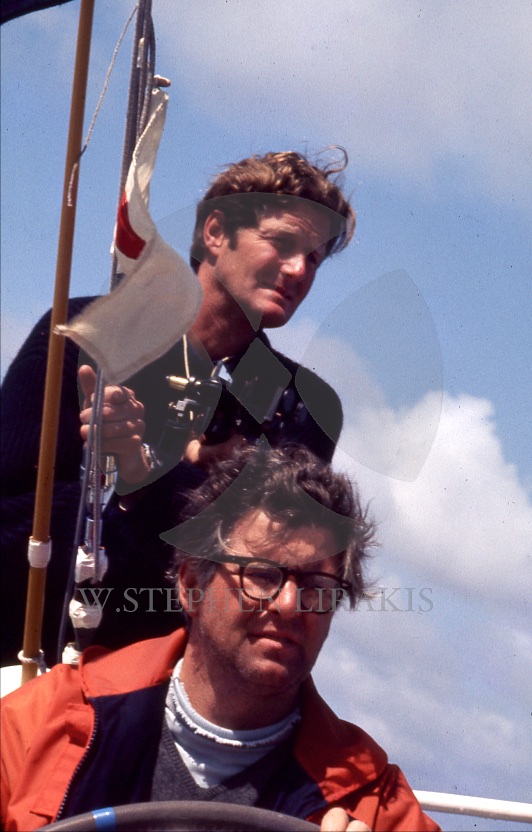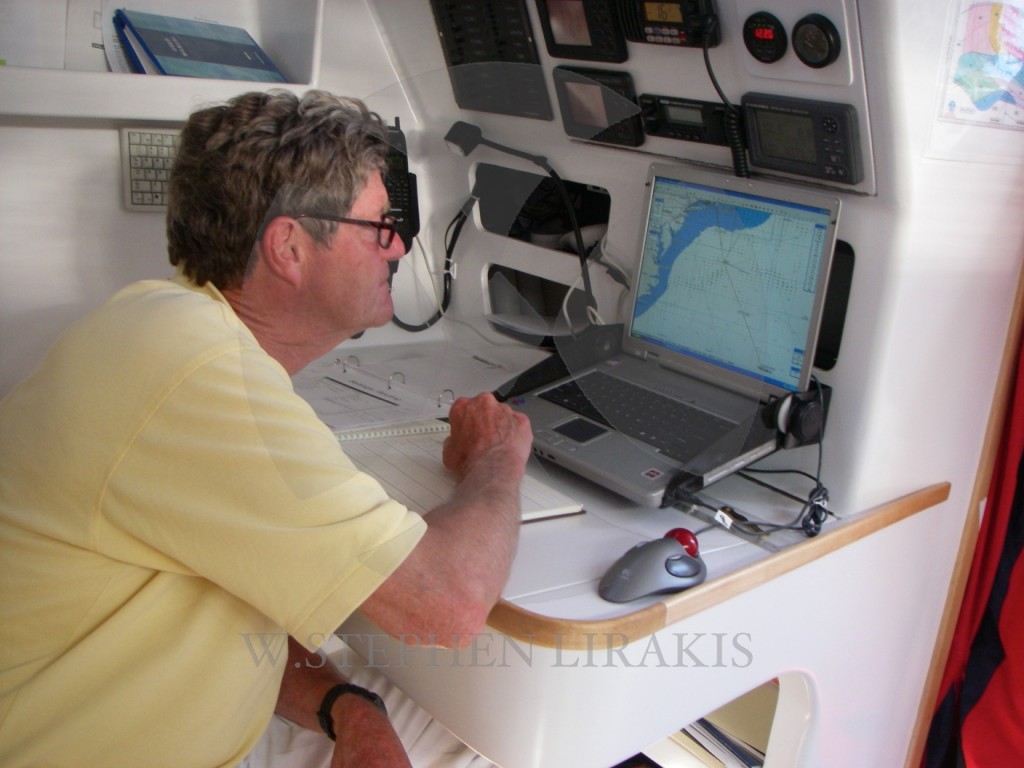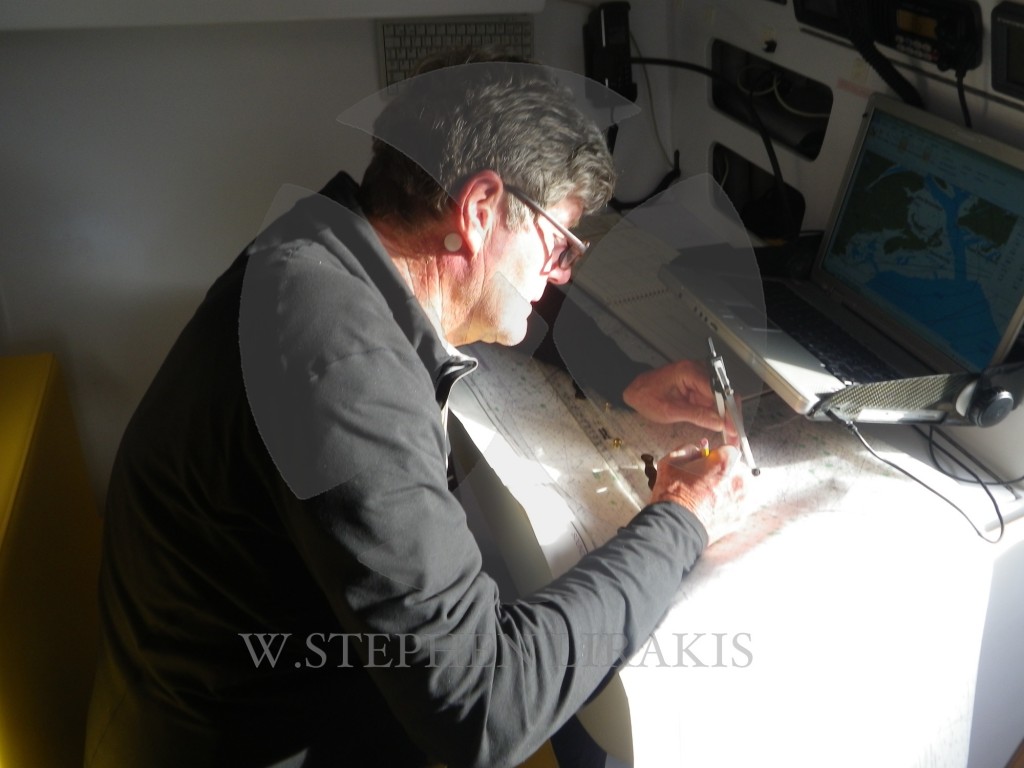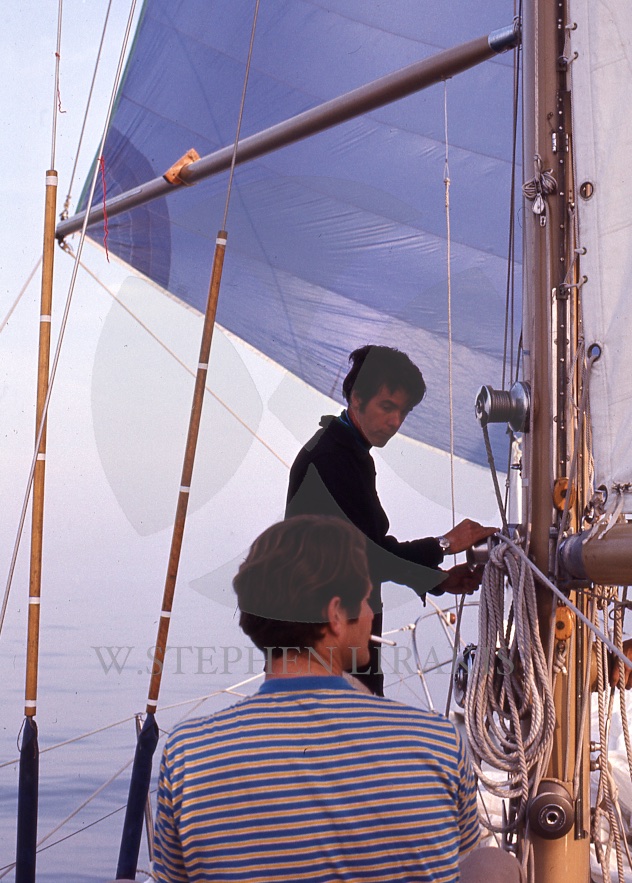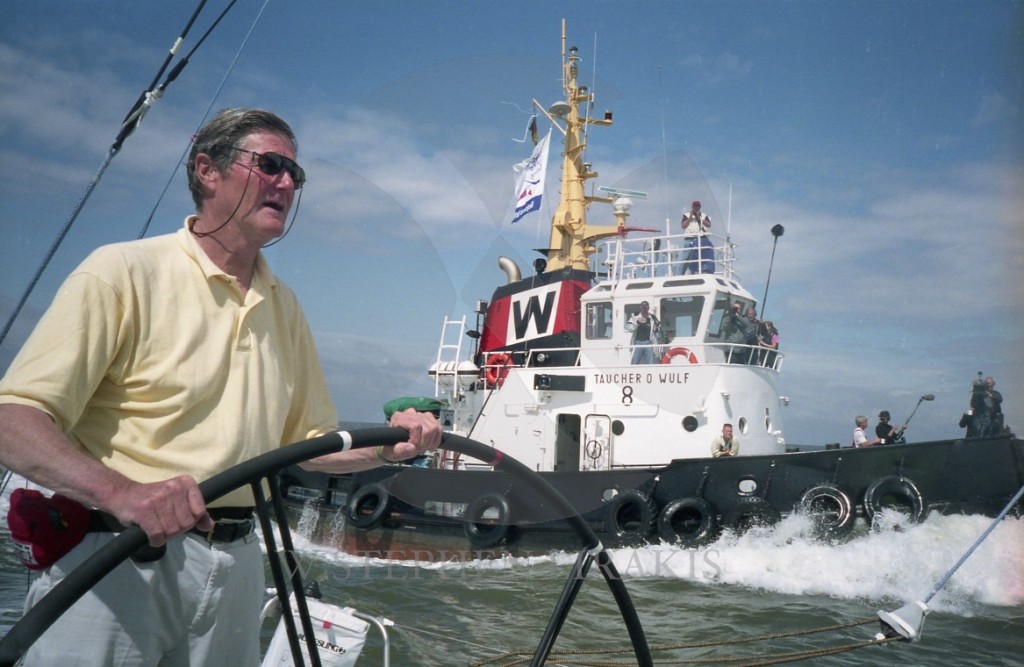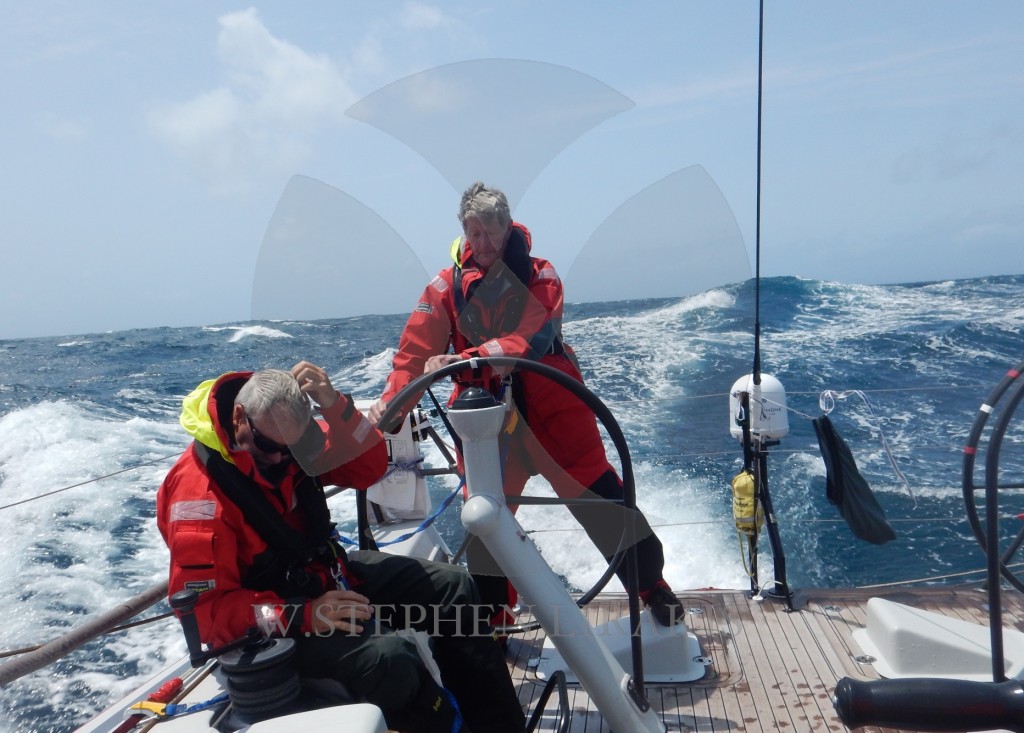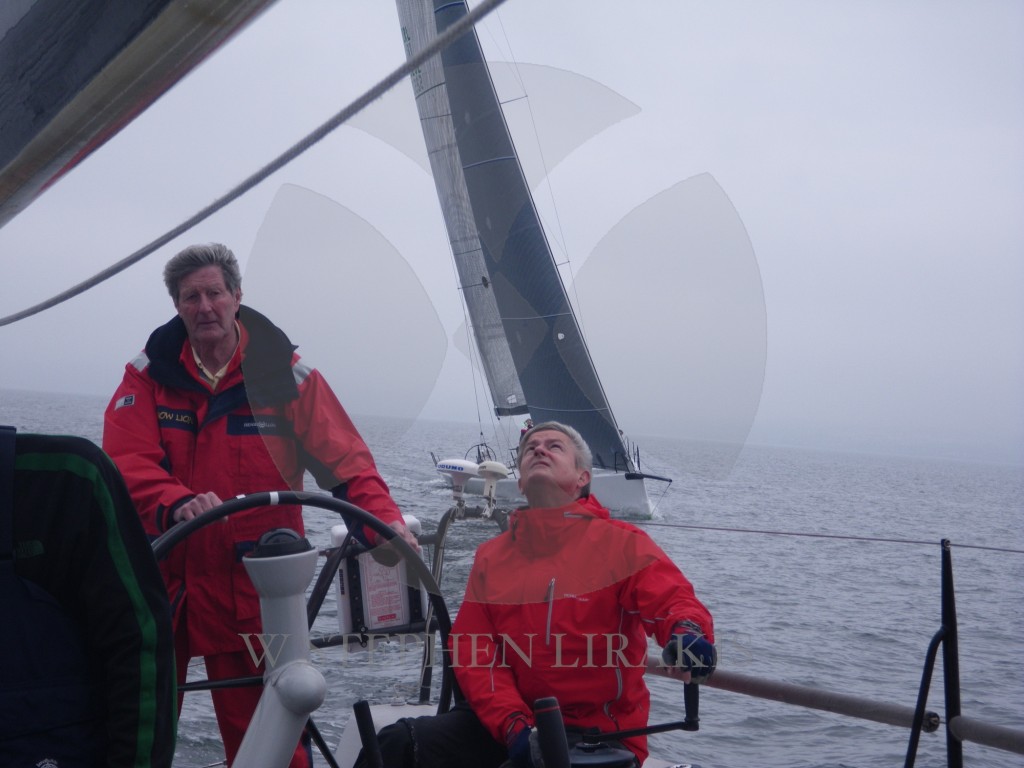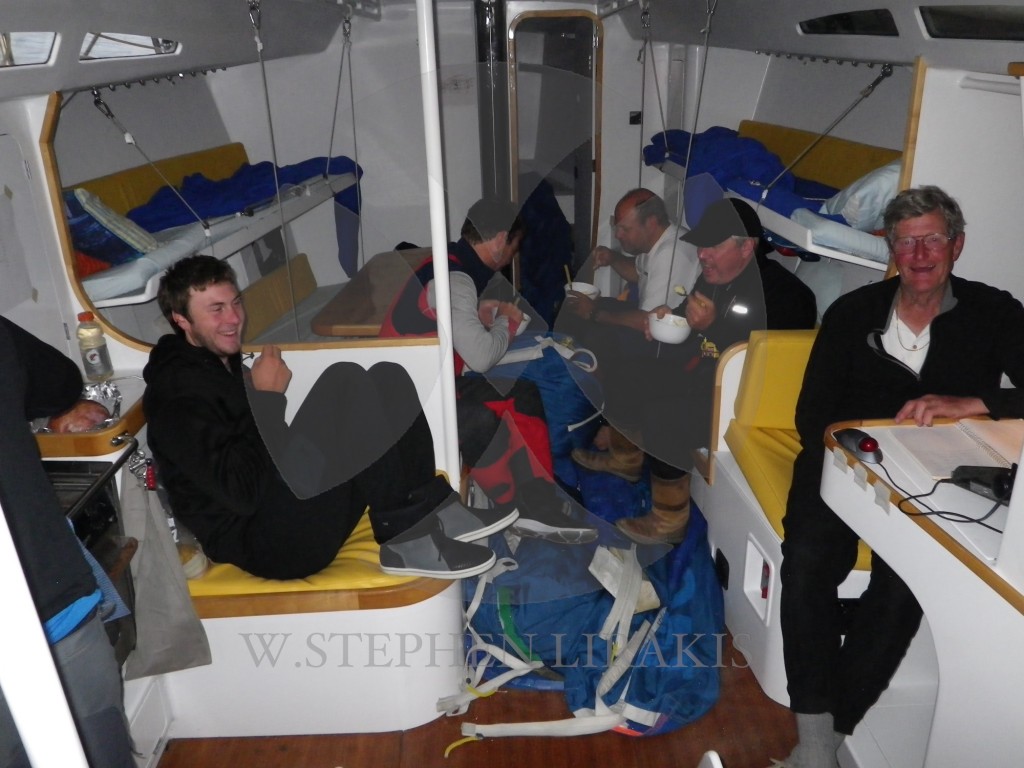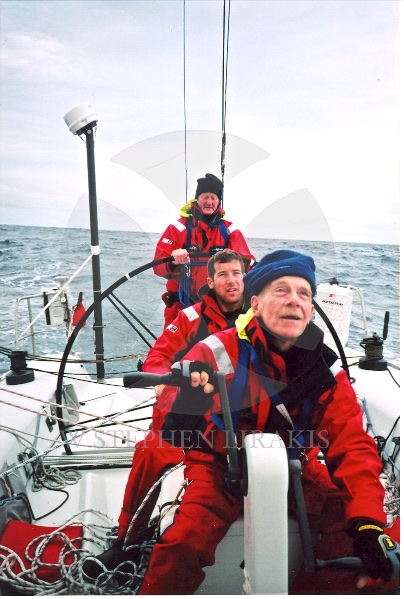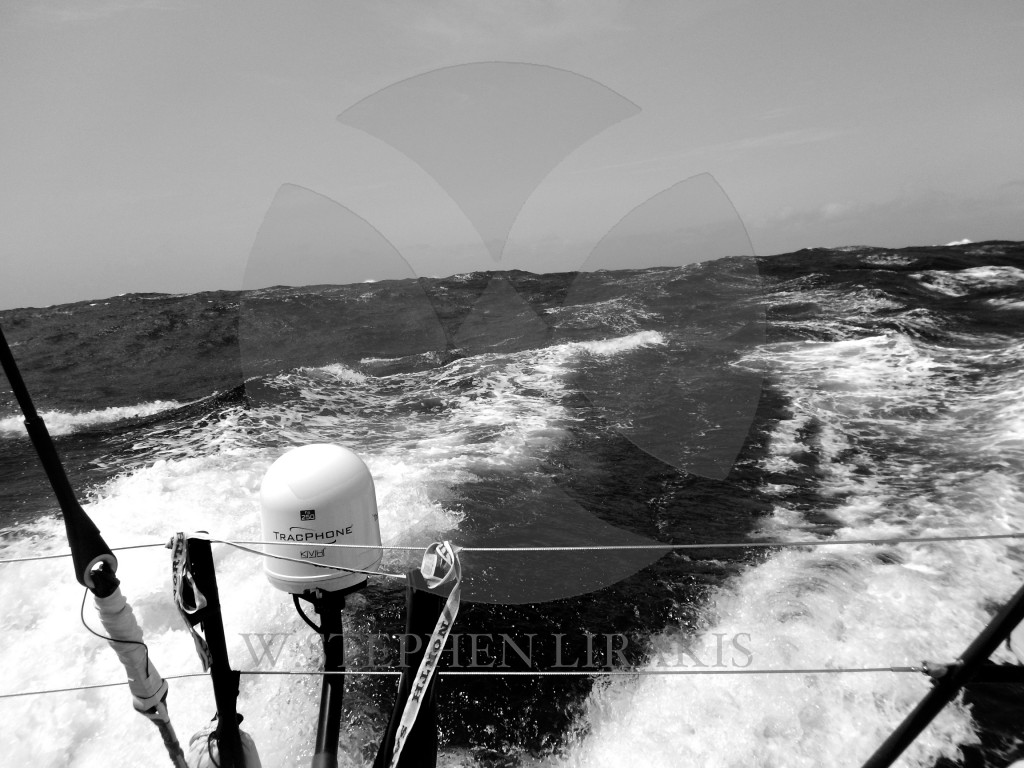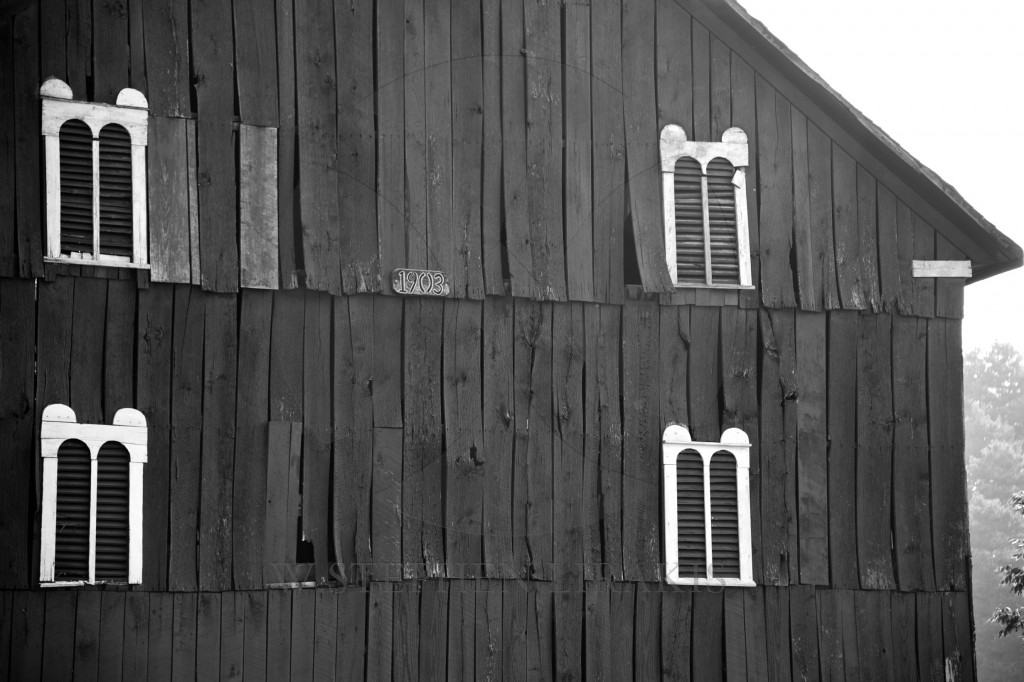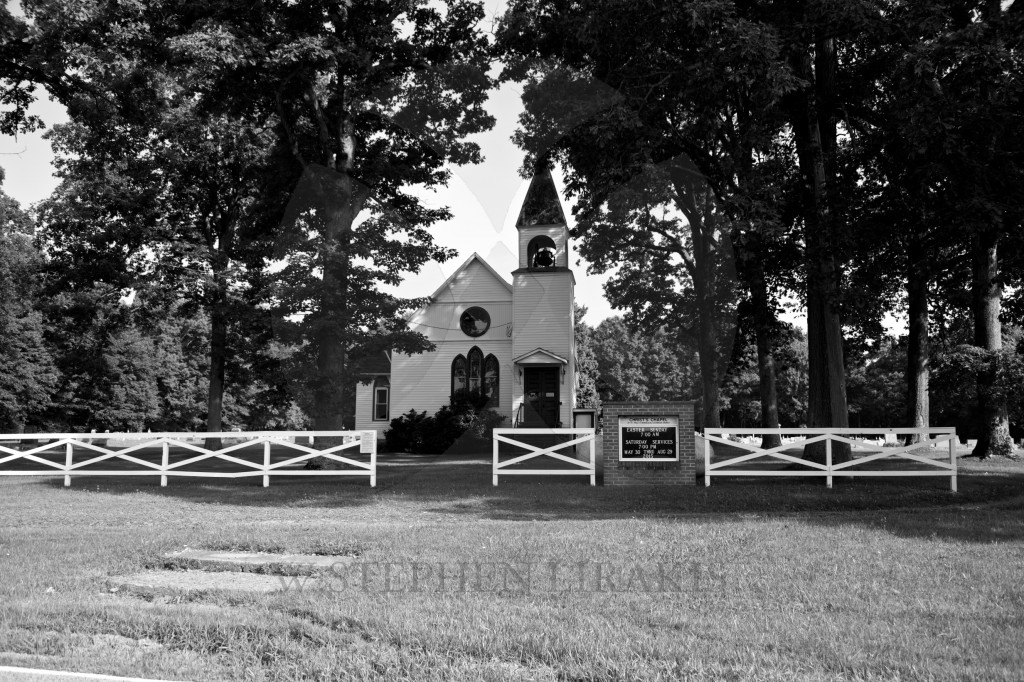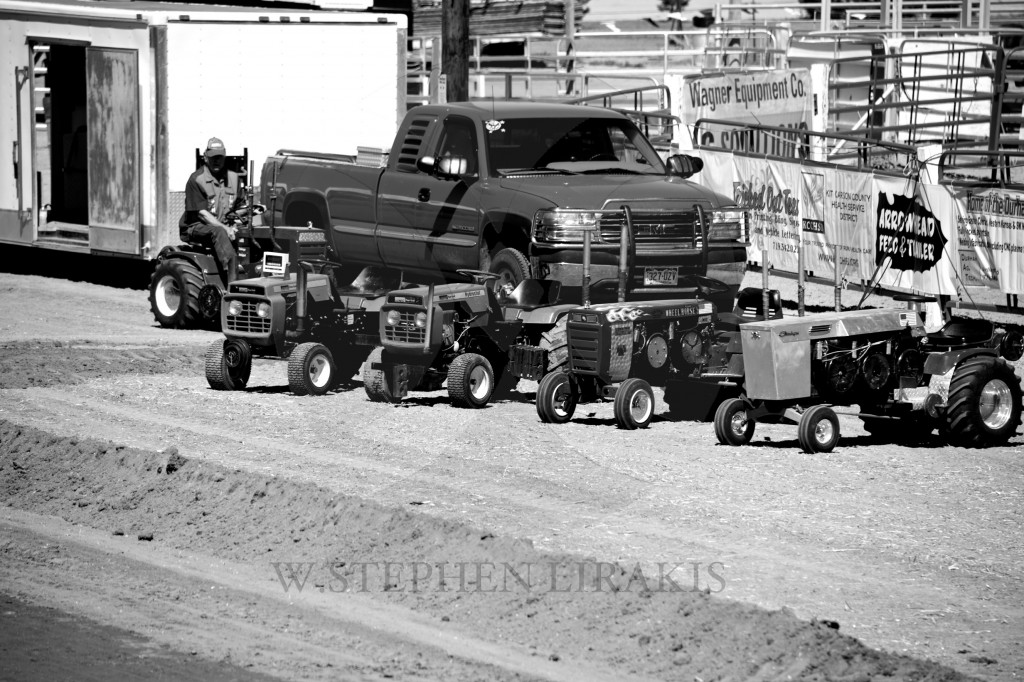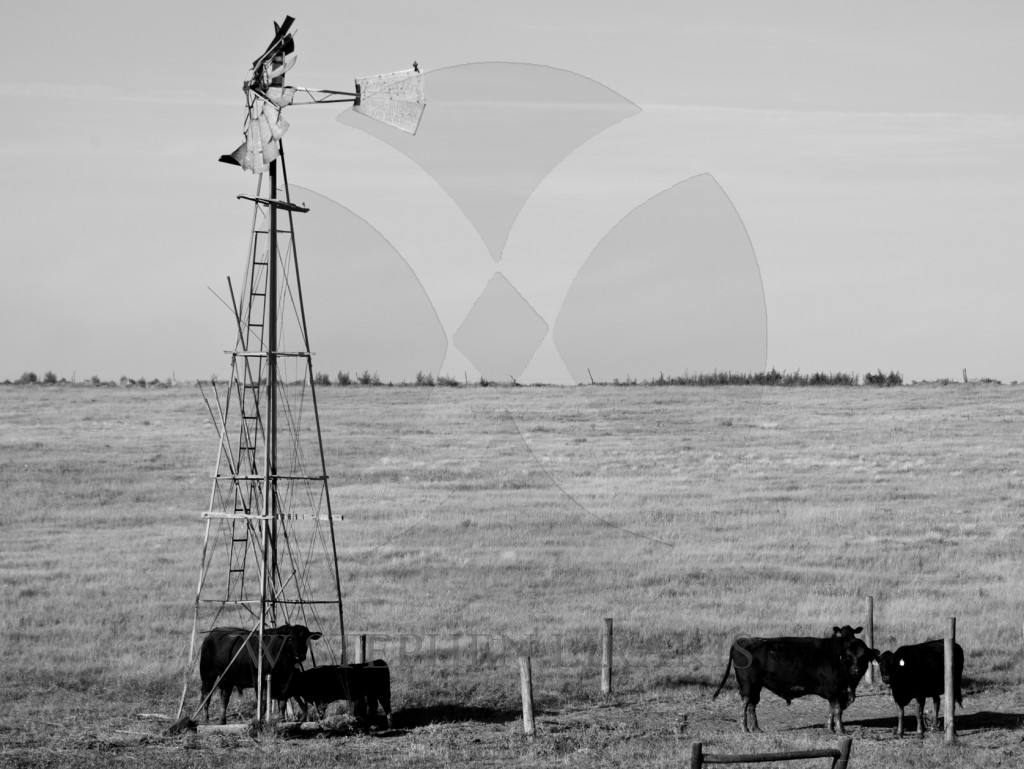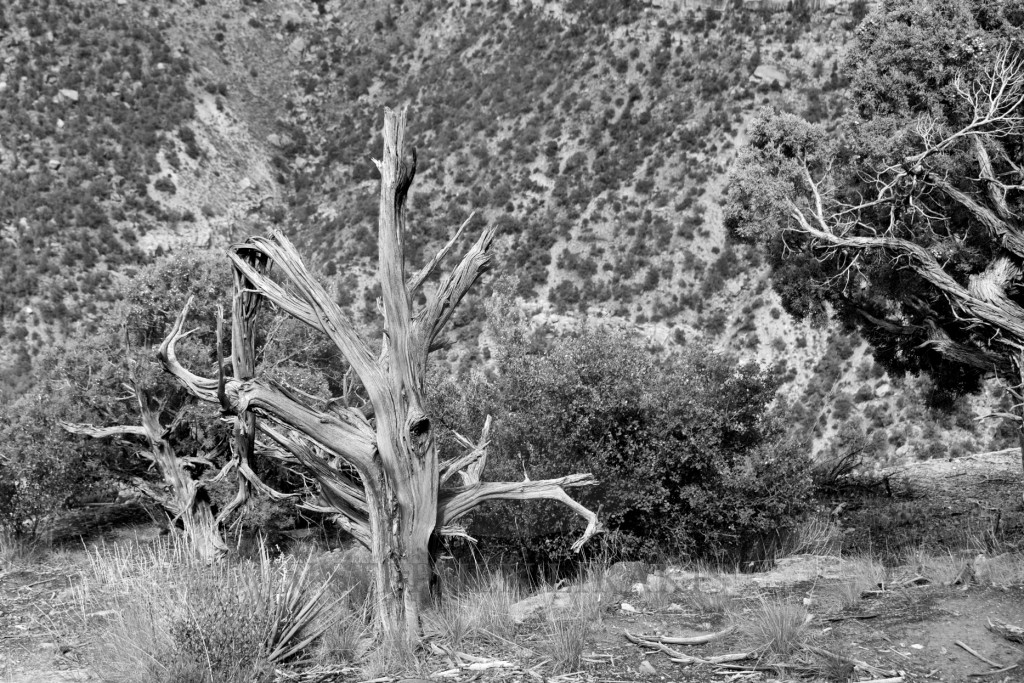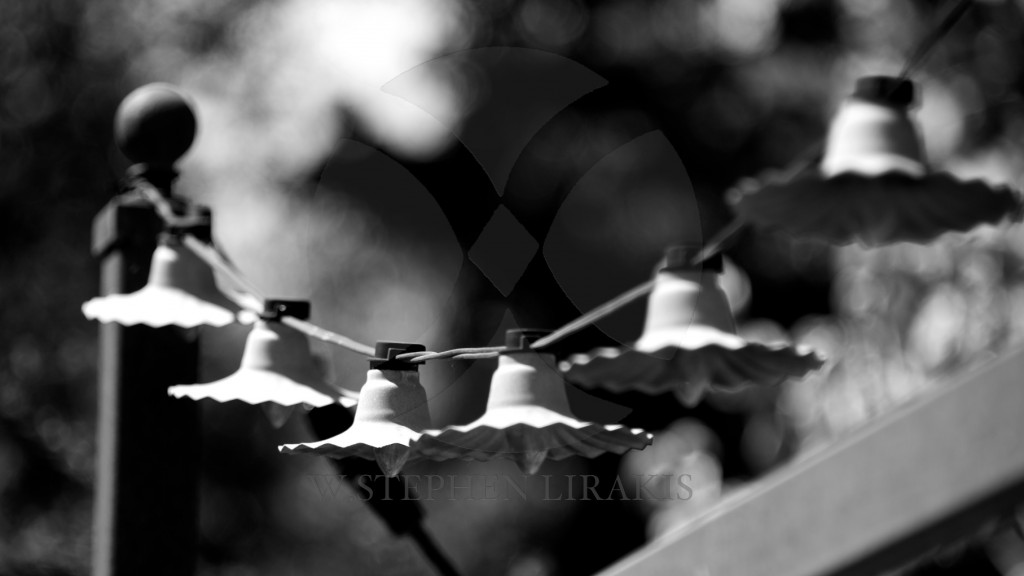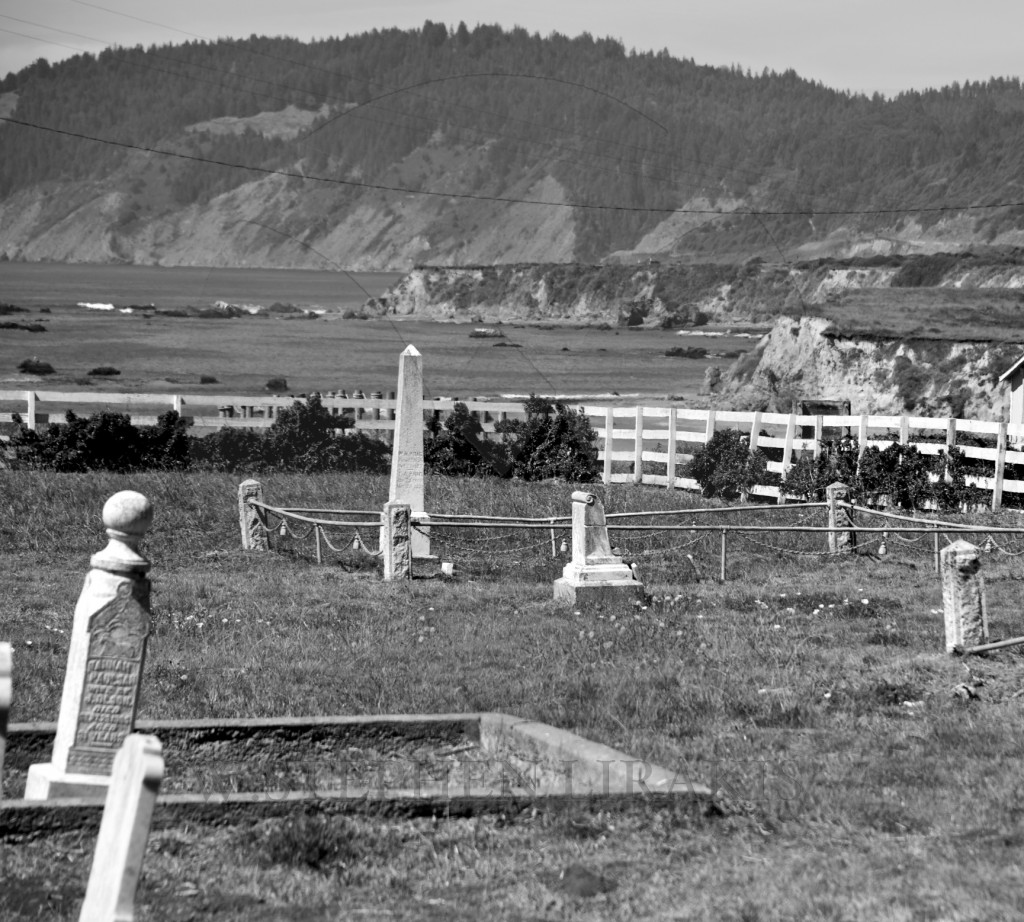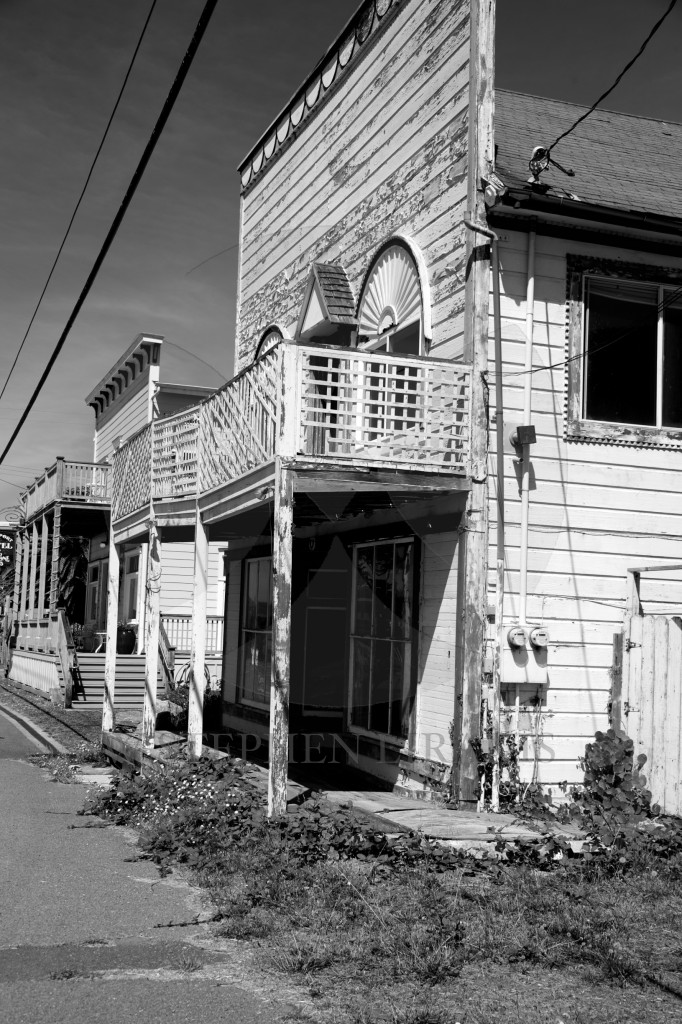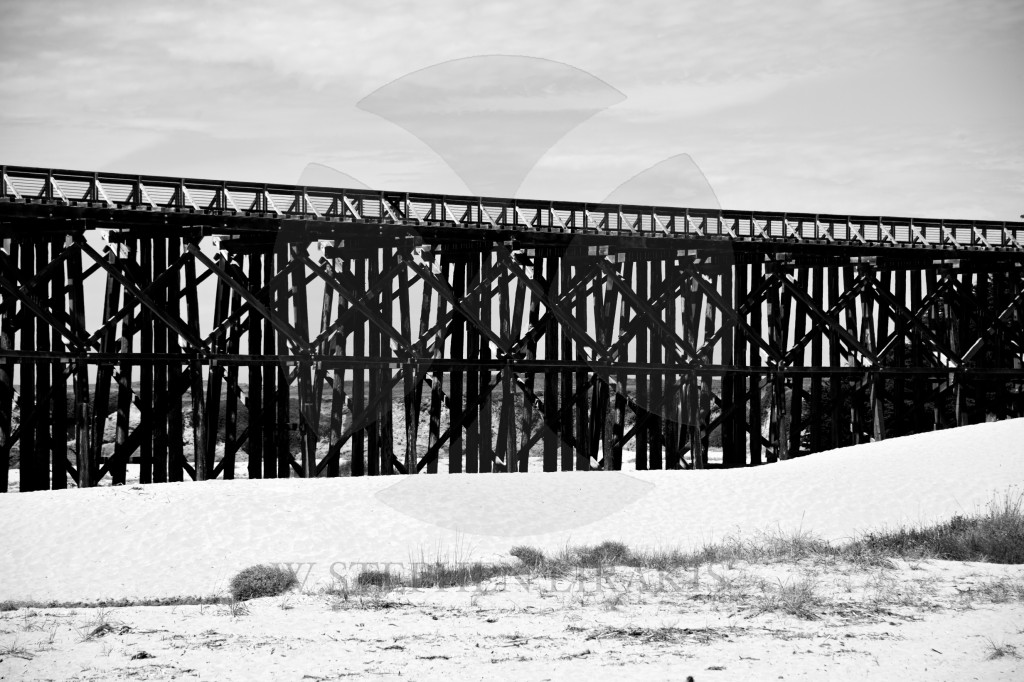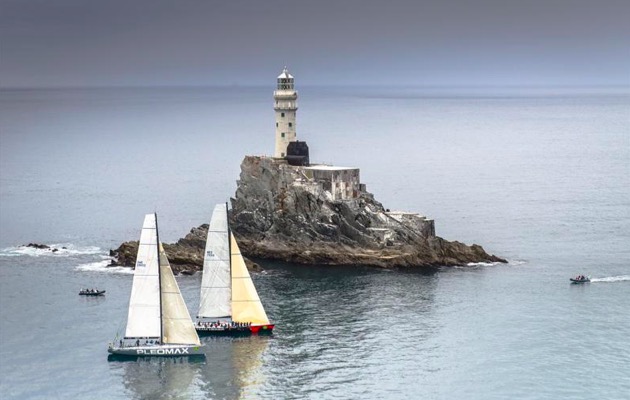IN 2005-2006 LARRY HUNTINGTON BUILT A 50 FOOT JASON KER DESIGN AT NEB. LAUNCHED FOR THE 2006 BERMUDA RACE IN WHICH WE WON OUR CLASS.
Category: snow lion
TRANSATLANTIC RACE 2003
This race was the second longest race I ever sailed. The start was once again in Newport, finishing in Hamburg, Germany. The course took us north of Ireland, Scotland and north of the Orkneys. Our time was 18 days 19 hours; I believe. Like every transatlantic race there are so many anecdotes that are associated with the race.
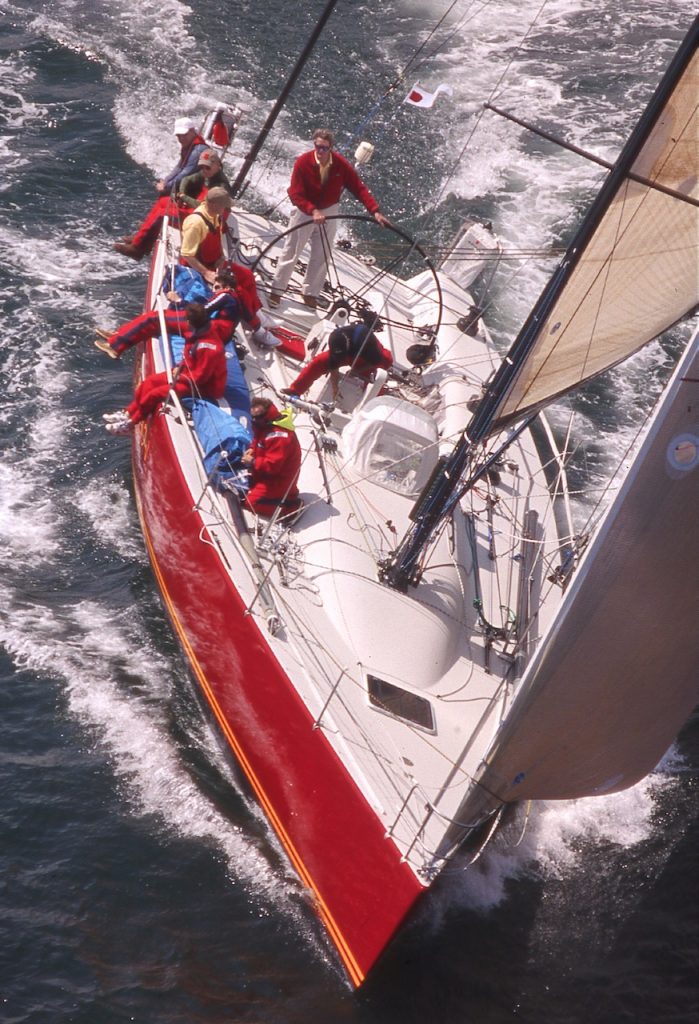
LONG DISTANCE SAILING
I have raced Dinghys, Big Boats around closed courses with bouys. I enjoyed it enormously. Distance racing is another thing altogether. You use what you learned around the bouys; this is where you are close to other boats and can tell if what you change is right or wrong. in the Ocean you have to have confidence that your choice is the right one. It is unlikely that there will be another boat against which to measure you choices.
I have raced across the Atlantic 9 times. the video below is the last race I sailed; and the quickest crossing ever; for me. I still smile at the memories evoked by the images. In order to have achieved this crossing we had a number of 300+ mile days.
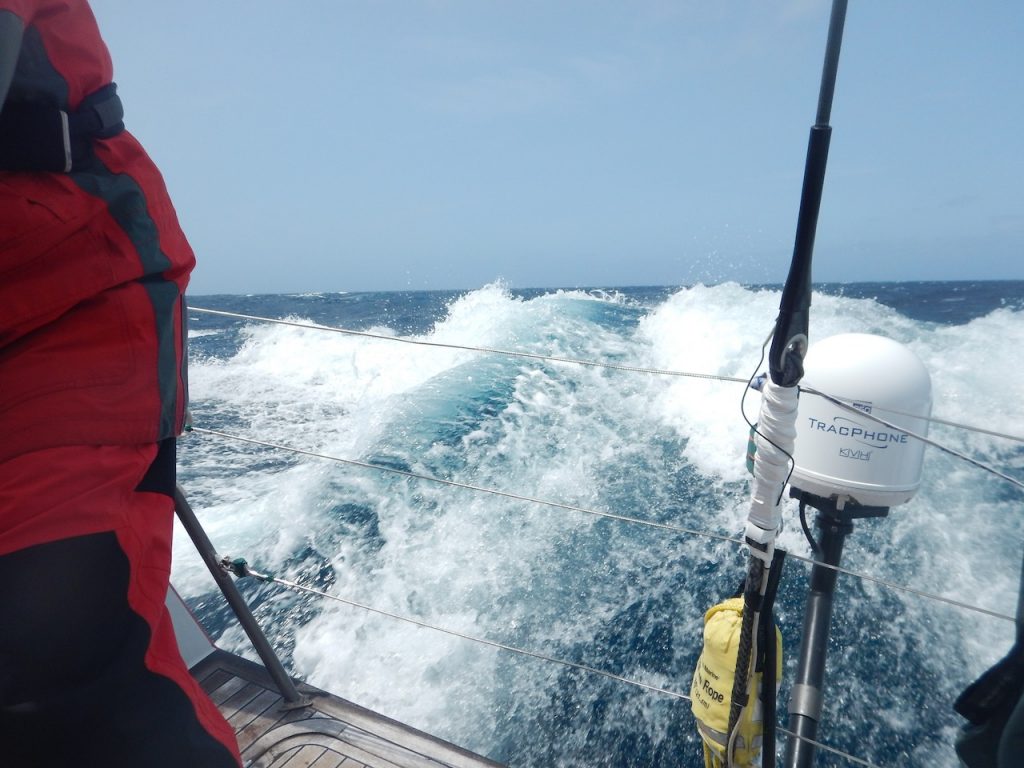
BREAKING THE TOP OF THE MAST
Tanguy de lamotte broke the top of his mast off one week into the vendee globe around the world race. We had the top of the mast break off in the 2012 Bermuda race. Fortunately we were able to finish with a reef.
Thomas Coville is, after 8 days of sailing almost a day ahead of the singlehanded around the world record.



LARRY HUNTINGTON
No-one deserves to be nominated more than Larry Huntington. Sailor of the Month really does not justify the lifetime of Love of the Sea. Few have demonstrated a stronger commitment to sailing; particularly offshore long distance racing. His career spans wooden schooners to the latest carbon yachts.
CLICK HERE TO CAST A VOTE FOR LARRY.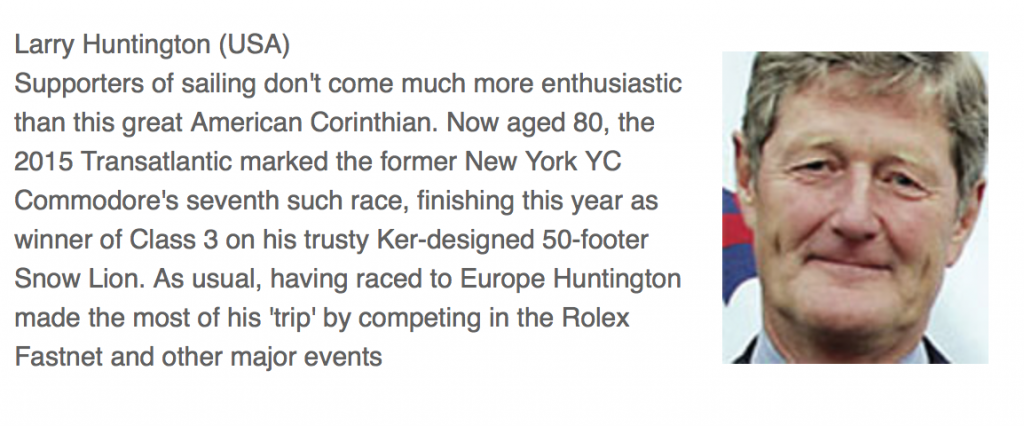

another look at the 2015 transatlantic race:
MORE TRANSATLANTIC 2015
The remark at the end by Robin Knox-Johnson about having crossed the ocean 6 times with one of his crew. I have had the great privilege of having made 5 crossings with Jack Cummiskey, 3 with Larry Huntington. And crossings with so many of the other competitors; being that this was my 9th.
I am 8 years younger than Robin but Perhaps my last? Who knows.
ARE THERE ANY LIMITS?
I crossed the Atlantic in 11 1/2 days this summer. For someone of my generation this was special. I never expect to repeat this experience. But I am still on a slow boat in today’s world.
The America’s Cup will never go back to non foiling boats. I still predict that the next Olympics will have at least one foiling class, if not two. No one is looking back, unless it is to true classic yachts. That is for different reasons of beauty and elegance.
TRAVEL THROUGH TIME
Summer is quickly coming to a close. Children are in many cases back to school. Labor Day is a week away. The age old ritual of asking what you did last summer is here.
Here is what I did last summer:
BETTER BE GOOD AT KEDGING, LIGHT AIR FASTNET
ELAINE BUNTING
The challenge on this year’s Rolex Fastnet Race will be coaxing yachts around the course in ultra light winds
Skippers preparing ready for the Rolex Fastnet Race 2015 on Sunday were warned that it could be a slow race with very light winds ahead. “If you really want to win this race you are going to have to be good at kedging!” joked Eddie Warden Owen, CEO of organisers the Royal Ocean Racing Club.
A record number of 370 yachts will set off from Cowes on Sunday on the 604-mile classic to the Fastnet Rock lighthouse and back to Plymouth. During its 90-year history the race has seen some intense and stormy weather, but this year it promises to be quite the opposite, with some of the lightest forecasts ever seen.
Ian Walker, skipper of the victorious Volvo Ocean Race team Abu Dhabi Ocean Racing, also joked about the weather ahead. “There is another isobar approximately in Iceland,” he said.
But the fleet this year includes some of the world’s fastest monohulls and multihulls, which are capable of making enough speed to set off a virtuous circle of apparent wind. These include the 100ft supermaxi Comanche, the big MOD70 trimarans and the 40m trimaran Spindrift 2.
Kenny Read, skipper of Comanche, says: “I don’t think any of us do very well in absolutely no wind, but we all have to play the same game. Whatever the breeze is we just have to adapt. Certainly dragging around a boat with a seven metre-plus beam in very light air is no fun.”
But he did admit that, in flat water, Comanche does only need five knots of true wind to get going.
Learn more about the headlands and tidal gates that are make and break on the Fastnet Race.
While the forecasts are making predicting finish times a bit of a nightmare, this is another indication of the potency of these big machines. Spindrift’s likely elapsed times in these conditions, as predicted on routeing software, is somewhere between 1 day 18 hours and 3 days 15 hours.
This race will also be a tough one for the new IMOCA 60s, especially those with the new L-shaped foils. These are great when power reaching, which is what they have been designed for as the optimal configuration for racing round the world, but they are draggy and reported to make more leeway in light conditions.
Morgan Lagravière, the skipper of Safran, who is new to the class but comes from a very strong Olympic 49er and Figaro background, admitted as much at this morning’s media briefing. “I’m not sure this year’s Fastnet will be for us. We will try to do our best. It will be very interesting learning how to use this new boat with the foils and to race with other IMOCA boats, especially Banque Populaire,” he said.
A large contingent this year is the two-handed crews. This is a growing area of offshore sailing, one that fits into a kind of sailing Enduro category. Some 59 boats in the IRC fleet are also sailing doublehanded. The lowest rated is Lucinda Allaway’s and Tom Barker’s Contessa 32 Hurrying Angel.
Like many of the smaller and lower yachts the Rolex Fastnet Race is most likely to favour them, as the breeze will pick up later in the week. Could this be a small boat year?
It is a year also when retirements could be lower than usual – the average is around ten per cent of the fleet. That would be good news for the event as a whole, and the Commodore of the RORC, Michael Boyd, concluded the briefing today by saying: “We are delighted that this is a record year and by the quality of the competition. There are a lot of fantastic sailors, who have put their effort, energy and money to be with us for this special race.
“We wish you all a very successful race and a safe passage.”
Read more at http://www.yachtingworld.com/blogs/elaine-bunting/youll-have-to-be-good-at-kedging-light-winds-endurance-ahead-for-rolex-fastnet-race-2015-66820#vrRt82RB41D4B5bt.99

